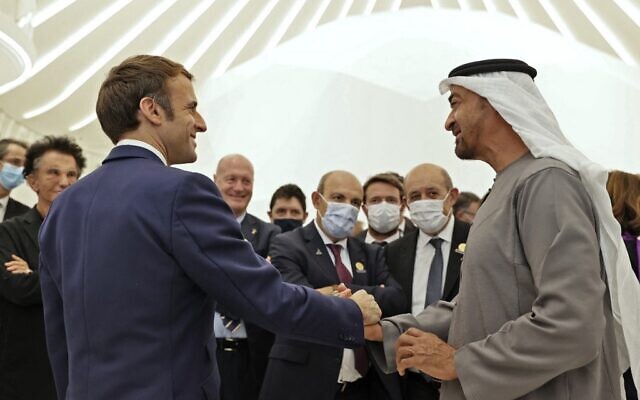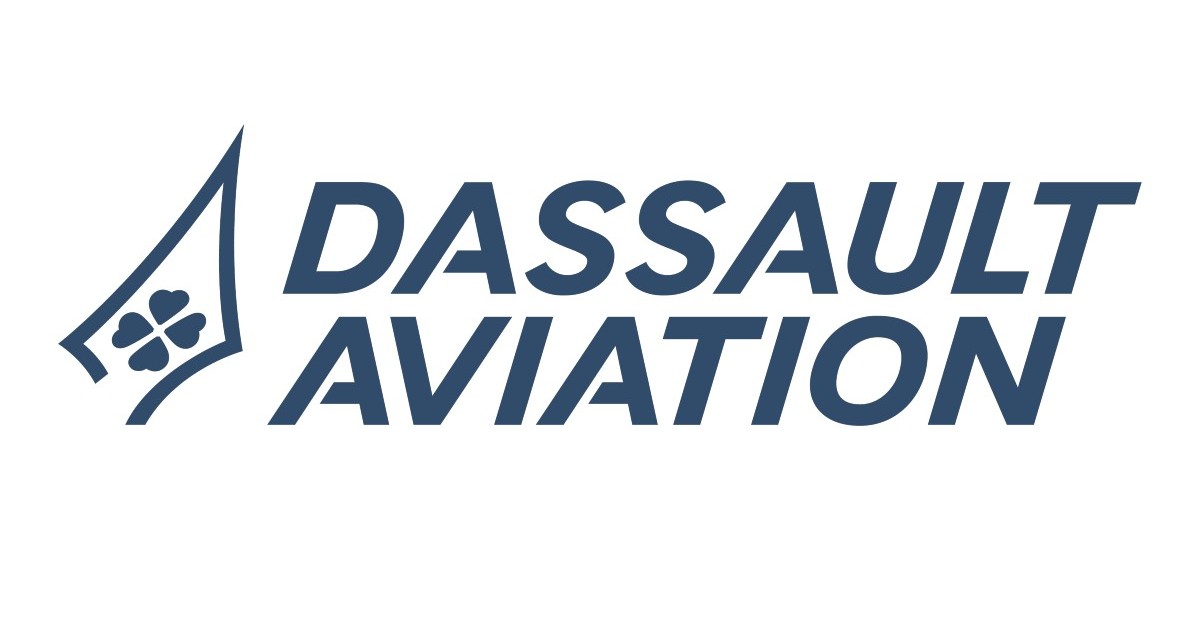Is Tejas Mk1 indigenous? The answer is no. It is an indigenous design but not fully indigenous technology. It has only 60% indigenous content as admitted by defence ministry itself. The foreign suppliers are unreliable and have political motivations to slow down Indian arms production and hence deliver in very slow rates, But if it was indigenous, it would not have been slowed down. Regarding Tejas Mk1 order, even if India places order for 10000 of it, HAL won't be able to manufacture 40/year as USA will refuse to supply so many engines stating that it will disrupt regional stability & balance of power! This is the problem with import dependency.
As for limit, it will depend on raw material availability, labour availability & no other real constraint if 100% indigenous. I don't know where you are getting weird ideas but that is not even close to reality. As for demand, that purely depends on political will. Do have the lowest possible IQ to not understand "arms race avoidance"? There is no private demand for submarine & everything is govt demand. But when it is life vs death like in wars or even anticipating wars, there will be unlimited demand. Talking about demand is most foolish when it comes to security needs!
As for complexity, can you explain as to how complex is modern submarine vs older submarine & how advanced is modern manufacturing vs older manufacturing, you will see that the tooling & machinery to manufacture has become equally advanced as compared to the submarine design & features. This nearly compensates the speed of manufacturing difference.
As for cost, cost is dependent on scaling. Just look how much a colour TV costed in 1980s vs how much it costs now. I remember a colour TV costing Rs15000 for 29 inch CRT whereas now we can get 40inch LED at that rate! As one scales up, the cost goes down. Yes, there is practical limits but that limit is at least x1000 times as the production that is being done now.
For example, India manufactures 4 Tejas per year. Do you know of any company with capacity of making only 4 landing gears per year? Only 4 sets of body parts a year? Only 4 canopies a year? Only 4 sets of communication devices a year? Do you even understand how absurd it looks when you shout from rooftop that this is a practical limit? The company which is supplying 4 canopies can produce 100 canopies a year but is intentionally holding back 96% of capacity. This is why even a single military grade screw costs 300-400 rupees, although similar civilian grade ones sell at 2-3 rupees. This exorbitant cost for even small parts is a result of the holding back of capacity due to political policy I mentioned above.
The manufacturing can be increased 25x in just a few days as the labour is already present and all one needs is to enhance supply of raw materials. Workers gets fixed pay regardless of 4 is manufactured or 100 is manufactured. During current times, the workers are having an easy period with low work but still kept in job due to critical defence needs. Even most of the soldiers in the army & CAPF do useless work like training, running, digging the land, cutting logs etc as a means of keeping the soldiers active, fit and motivated so that if war starts, they will be ready for action immediately. That is the definition of idle capacity & military has the highest idle capacity for this reason
If the Tejas Mk 1A isn't fully indigenous, then neither will the Tejas Mk 2, nor will the submarines be indigenous to the same extent. Moreover, if you could actually indigenise production of all of the subsystems, you still have external bottlenecks, and that could be something as simple as rare materials.
On the other hand, you are again taking the example of the production rate of a consumer good like a TV to compare it to the production rate of a fighter.
You want me to compare prices for two fighters built in comparable numbers? Sure. The F-86 was built at a similar production rate to the F-16, though the numbers are different. A F-86 would, by today's money, cost around 2.6 million dollars each (and about 4-ish million USD if you adjusted for equality in numbers). A F-16 costs 60 million USD. Answer that, would you?
Now, you took the figure of 4. Did I, at any point, say the limit is 4? Stop trying to gaslight me. The practical limit may well be 30 or 40 or something else. That's it. Now, you don't need to manufacture exactly 30 each of 100 parts to be stuck to a production rate of 30. Even if you could manufacture 100 copies of 99 parts, but the 100th part had a production limit of 30 a year, you are getting 30 jets a year. That's it. That is how bottlenecks work. You need to scale up ALL subsystems to increase production rates.
Now, if you feel the military is buying stuff at an expensive rate, do one thing: Take a small loan from the bank, and start manufacturing screws (by your example) for the military. Go ahead, and sell it to them at 10% of what the present suppliers sell it at. I will give it to you in writing that if you can manage that profitably, you'll hold the monopoly on screws within 2 years. Heck, do that, and I'll personally pay off your loan.
Now, coming to the manufacturing itself: Sorry to burst your bubble, but you can't increase manufacturing 25-fold in a few days even if you wanted to. Manufacturing needs three things: Land (infrastructure), labour (workers), and capital (money). You can have all the labour in the world, and you can throw as much money as you want at the plant and the workers, but you won't gey anything done unless your workforce is trained sufficiently, you have a suitable supply of raw materials and intermediate goods coming in, and you have a large production line set up in a way that every single component is mass-produced profitably. That mass-production is based on supply-demand dynamics and not wishful thinking.
A worker may get paid the same if they manufacture 4 or 10 items of one kind, but producing 100 items of one kind may well require you to have 10 workers and far more machinery, etc. All that adds up to money that needs to be invested.
Finally, let me get this right. You are seriously suggesting that we should ask our soldiers and other people to work in defence factories rather than protect the country? Seriously? Have you been spending too much time studying the North Korean Army or something? Are you out of your mind?
Seriously, be practical, and stop your daydreaming. Stop comparing production rates of mass-manufactured equipment to that of highly-complex (and expensive) defence equipment manufacturing. Oh, and if what you said was true, you would see the US and China just rushing out one destroyer and submarine a month, instead of the 2-3 of each they roll out in any given year.




